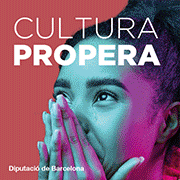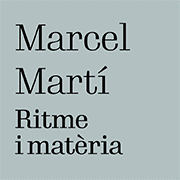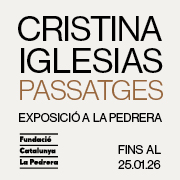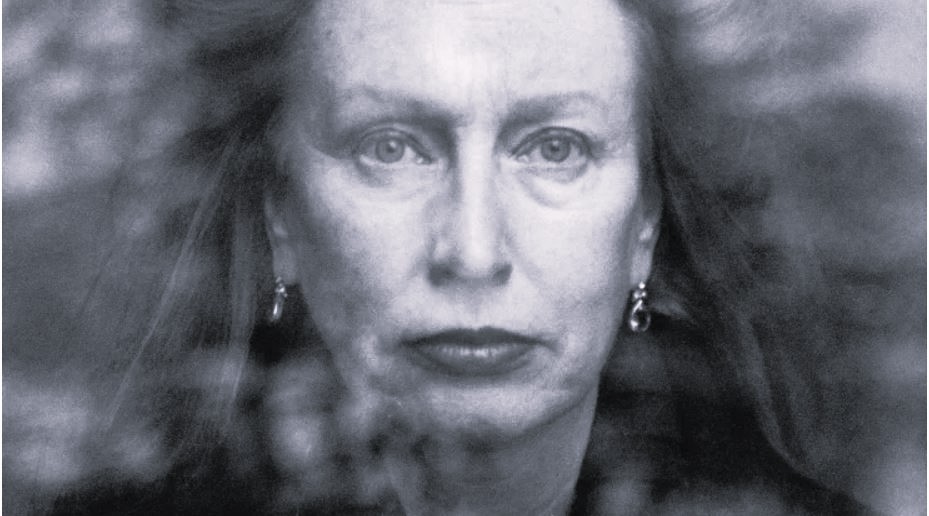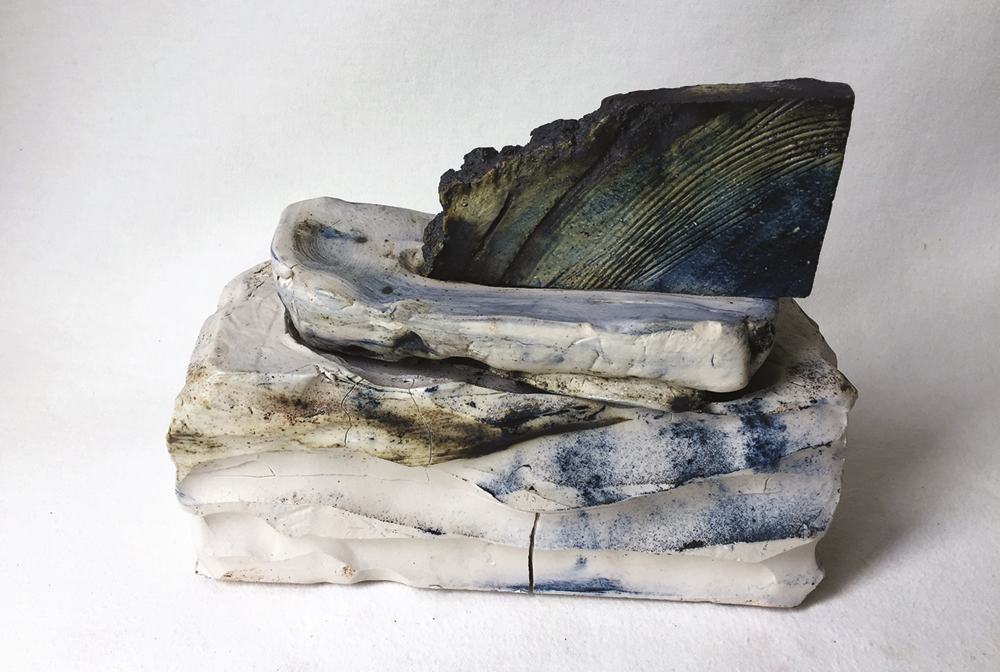Exhibitions
'What flamenco teaches us', by Pedro G. Romero
The artist highlights how flamenco has been built over time as a form of expression linked to social struggles and the identity of the most marginalized groups.
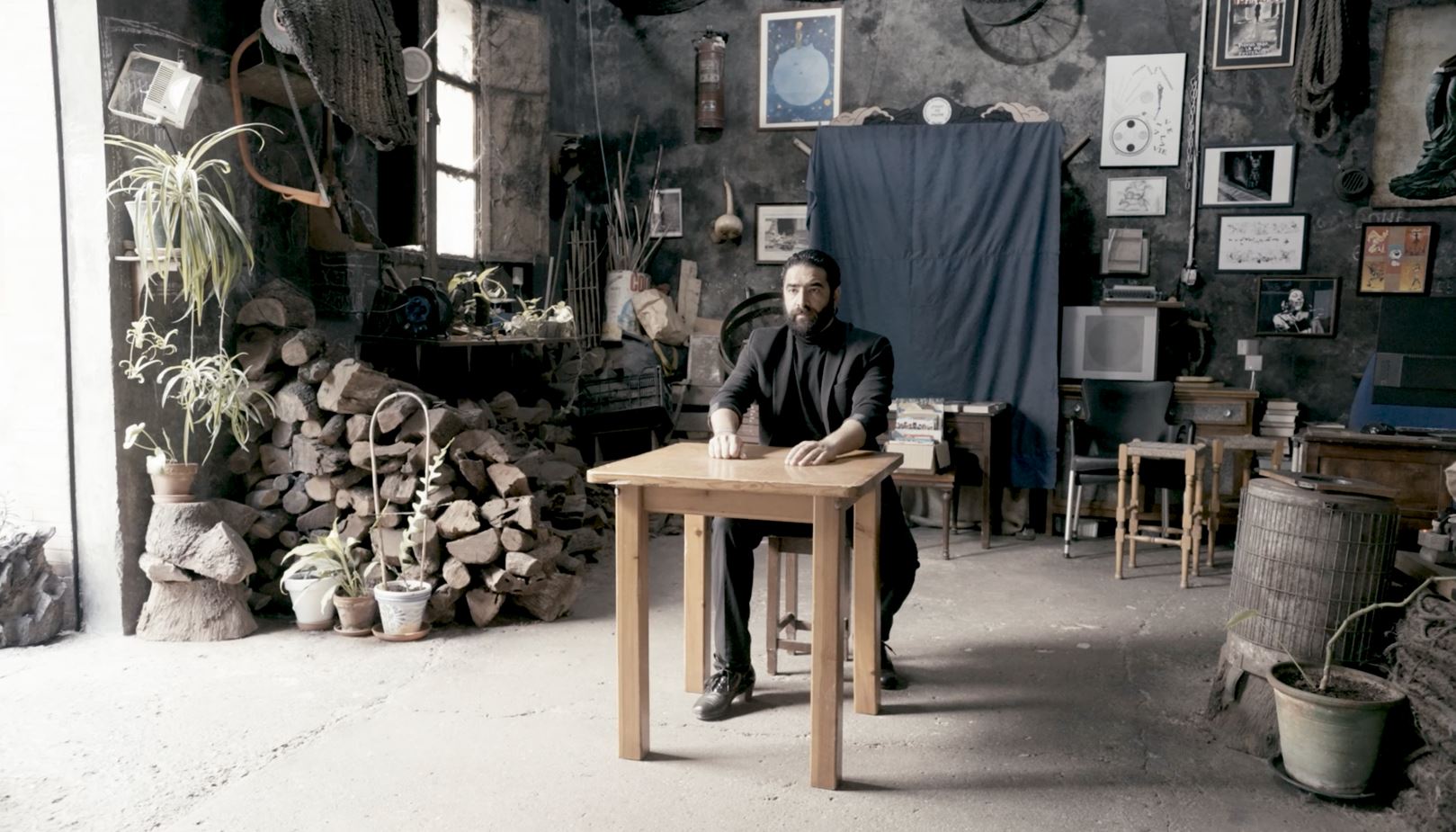
Flamenco, like an ancestral force, crosses centuries and borders, reflecting the resistance and soul of a people. This art, which resonates in the air of Seville, now finds a new space to unfold. The Alarcón Criado gallery opens the new 2024-2025 season with a special proposal that combines art and flamenco in a new exhibition space. Located in the heart of Triana (Seville), right in front of the Castillo de San Jorge and the old Santa Ana Ceramics factory, this new location represents a meeting point between tradition and contemporaneity.
The opening, which will take place next September 21, will be with the exhibition 'What flamenco teaches us', by the multidisciplinary artist Pedro G. Romero. This exhibition marks the beginning of a new stage for the gallery, and at the same time delves into the complexity and richness of flamenco as a cultural and social phenomenon.
'What flamenco teaches us': a deep exploration
Pedro G. Romero's exhibition delves into the various meanings of flamenco, not only as an artistic expression, but as a way of life and way of thinking. From his point of view, flamenco is a way of doing and a way of living, not a simple irony or a superficial comment on identity. For Romero, flamenco "is not nostalgia for a lost childhood" nor is it a critique of the most common clichés associated with this tradition. His interest lies in how this art teaches deeper values, without losing the pedagogical meaning but expanding its meaning through exposure and reflection.
The exhibition includes several collaborations with renowned artists such as María Cabral, Rocío Márquez, Israel Galván, and El Niño de Elche, among others. In addition, works by artists such as Helios Gómez and Constant Nieuwenhuys are presented, as well as a set of works created specifically for this exhibition. Among the most outstanding pieces is the 'Flamenca' series, which brings together 21 works in which Romero explores the different meanings of the term flamenco. Another relevant work is 'Banderizas', which portrays three of the artist's friends – María Cabral, Pastora Filigrana and Lorena Padilla –, inspired by the iconography of the Triana neighborhood and its famous bridge with "gypsy banderitas".
Flamenco is present in his work as a constant that has evolved over the years. As he himself has expressed: "Everything that moves, goes up and down stairs, is hopelessly flamenco", a statement that sums up the essence of his artistic research. This new exhibition reflects this deep connection with flamenco, an art that has influenced his work since the beginning of his career.
Through these works and many others, 'What flamenco teaches us' seeks to transcend the surface and invites a journey through the multiple dimensions of flamenco: as art, as identity, as a way of thinking and living . Flamenco becomes a means of understanding issues as diverse as iconoclasm, class struggle or the construction of collective memory.



